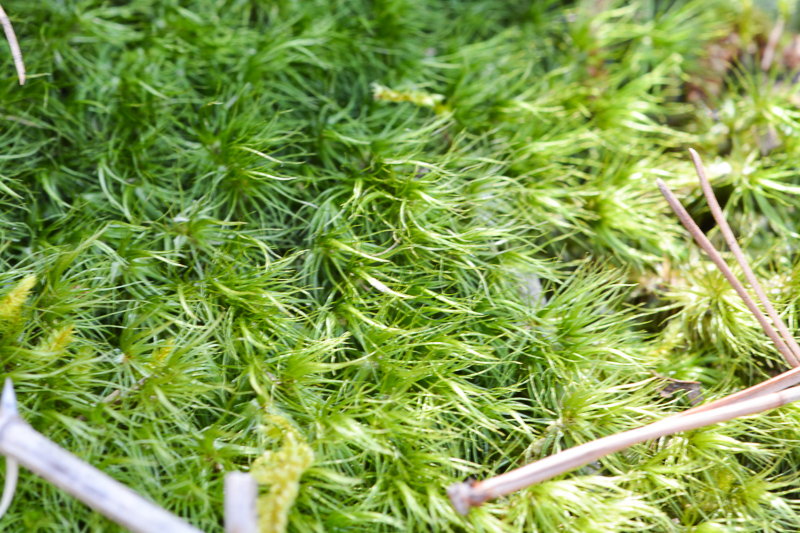 According to The New York Times, Elizabeth Gilbert’s “The Signature of All Things is one of those rewardingly fact-packed books that make readers feel bold and smart by osmosis. Alma commits her life to ceaseless study, but reading this vibrant, hot-blooded book about her takes no work at all.” and I could not agree more. Not a run-away best seller like the author’s Eat, Pray, Love, but give it time.
According to The New York Times, Elizabeth Gilbert’s “The Signature of All Things is one of those rewardingly fact-packed books that make readers feel bold and smart by osmosis. Alma commits her life to ceaseless study, but reading this vibrant, hot-blooded book about her takes no work at all.” and I could not agree more. Not a run-away best seller like the author’s Eat, Pray, Love, but give it time.
I just finished reading it today and found that it is one of those books you sneak off and curl up with under the covers, take along to the any doctor’s appointments you might have, and carry with you to the breakfast table. You know the kind, they come along every once in a while and it seems everyone you know has either read it or is planning to.
There are two reviews of The Signature of All Things, available online from The New York Time’s Book Review. Click here for Barbara Kingsolver’s or here for another review by Janet Maslin, published a few days earlier.
I found the book to be the most interesting combination of fact and implausibility that I have ever read. I was constantly picking up my I phone and checking out a name or event mentioned in the book.It is the story of an amateur botanist, Alma Whittaker, who lives through most of the 19th century. She starts life in John Bartram’s Philadelphia, the daughter of an Englishman and a Dutch mother, and ends her life as the curator of mosses at Hortus Bottanicus in Amsterdam. In between, she spends an idyllic childhood in a huge forested estate where her very rich father deals in exotic plants, and in later life travels to the South Pacific. The once constant in her life is her love and study of mosses.
Someone who is engaged in the study of mosses (bryology) is a bryologist. Although the events in Alma’s life seem implausible at times, the fact that a woman would have had a passionate interest in mosses during the middle of the 19th century is definitely not as implausible as one might think.
Elizabeth Gertrude Britton (née Elizabeth Gertrude Knight) was such a woman. Granted, she was born half a century later, in 1857, but the point is that she lived in the 19th century and spent a long life very much engaged in botany and bryology. Not exactly the fictional Alma’s contemporary, but seems to have had Alma’s drive and passion for botany . She and her husband were instrumental in creating the New York Botanical Garden, later becoming its honorary curator of mosses, just as Alma became the curator of mosses at Hortus Bottanicus.
Early on in the book, we find that one of Alma’s passions is the ubiquitous Dicranum with its many variations. And, of course, this blog entry would not even exist if it weren’t for the fact that one of our little tiny plants in Nantahala is Dicranum scoparium. I will admit that I did not have a clue what this moss might be, and had to consult a bryologist at one of our state’s prestigious universities who gave me the provisional scoparium epithet with the caveat that it “more than likely was”. So, if you do read The Signature of All Things and find that Alma is at times confused about her mosses, the kindly bryologist assured me that was simply how things are. But, we will go with that information and assume that this Natahala Native moss is, indeed, Diacranum scoparium.
The little flags you see in the featured image at the top of the page are the sporangia as mosses reproduce from spores, not seeds. Sometimes, there are patches of moss without any sporangia, old or new, as in this photograph:
I have not tried to transplant any moss and simply enjoy finding it on hikes in and around the area. Now when I spy it as well as other interesting mosses, I will surely think of The Signature of All Things and Alma Whittaker.



Love the connection of the book to the mosses in your beloved mountains. Glad you found the read so enjoyable.
I like this blog. I know little about mosses, but enjoy finding them. Hope to see you sometime , Cousin.